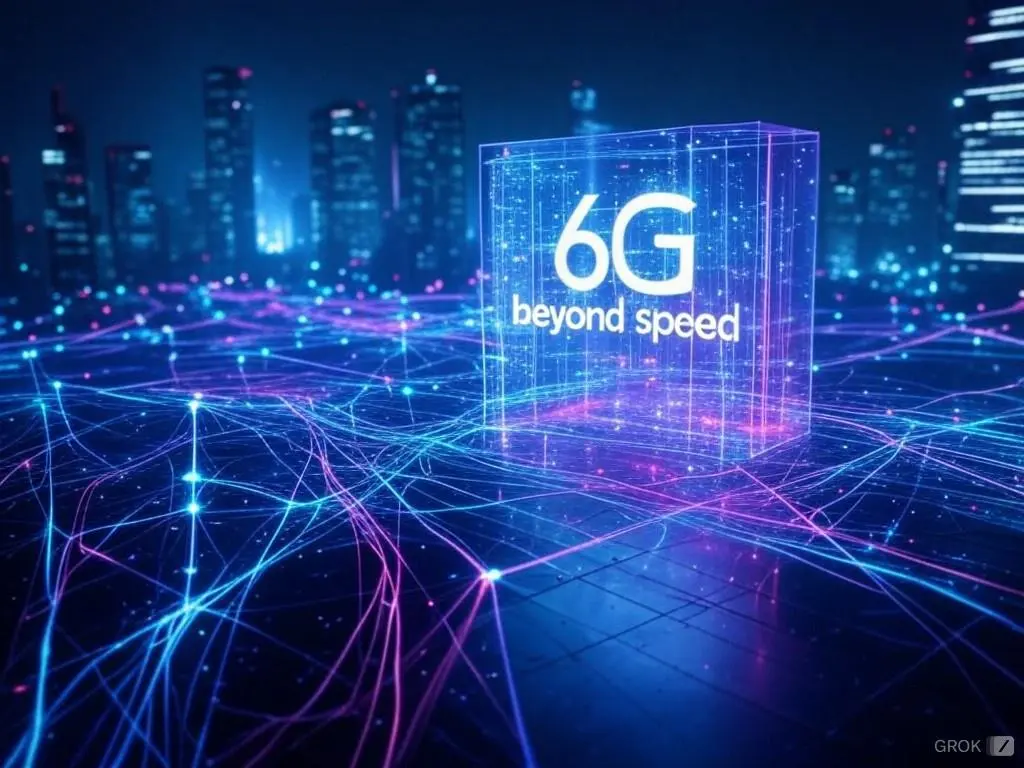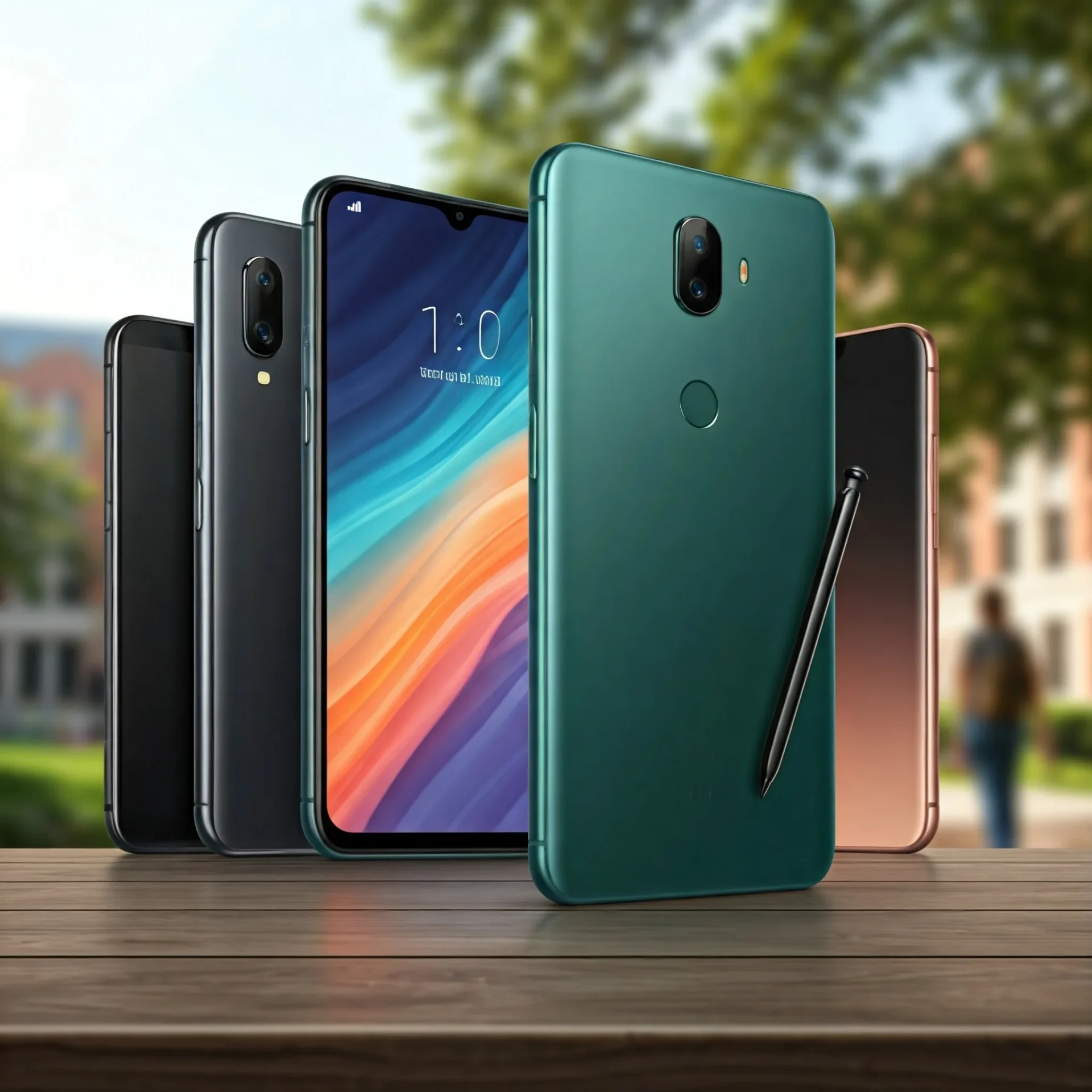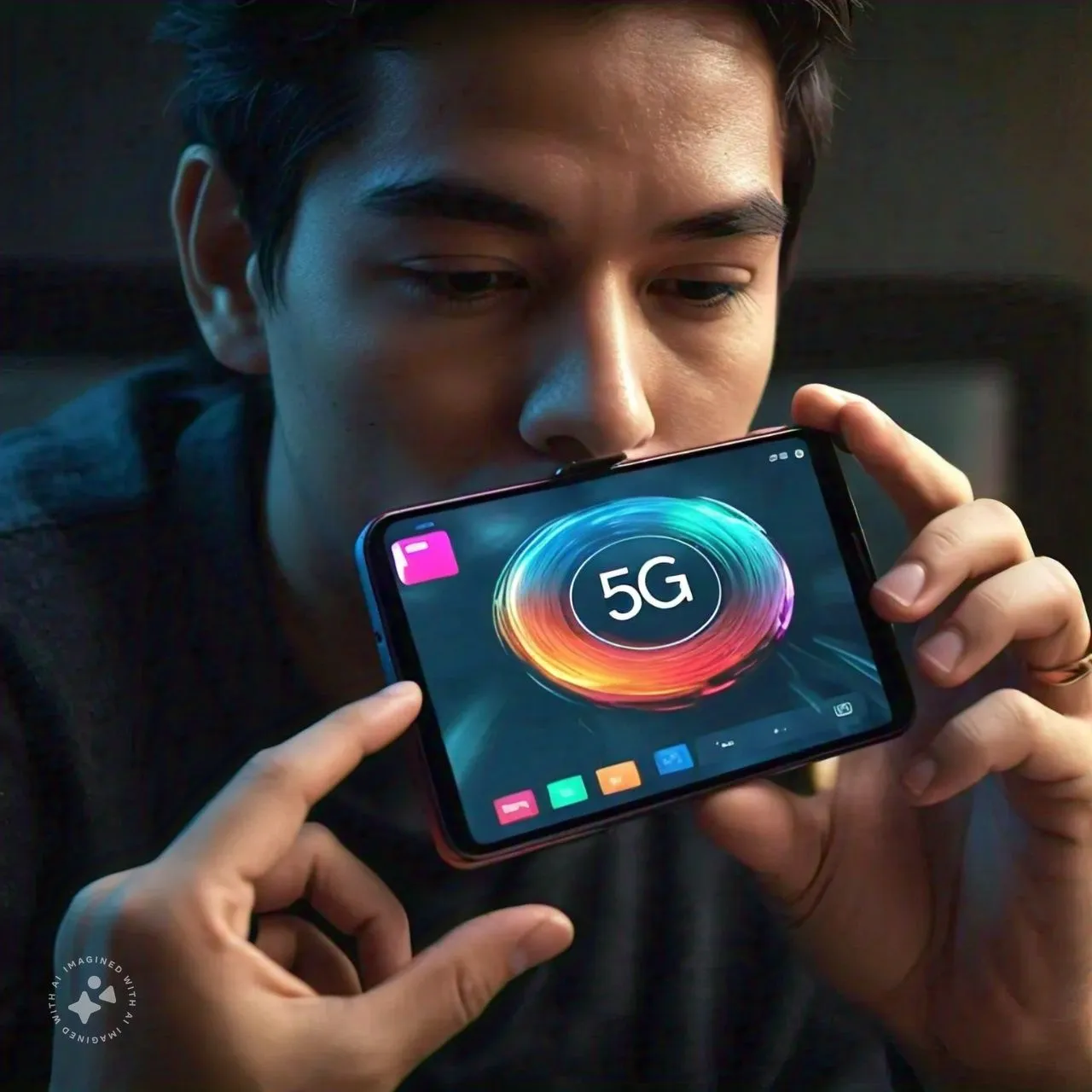
Why is 5G slower than 4G? The Hidden Truth
5G promises faster internet, but some users find it can be slower than 4G in certain areas. Why is 5G not as fast as advertised? To answer this, we’ll explore what causes 5G network issues, why speeds vary, and the potential impact of this on future connectivity.
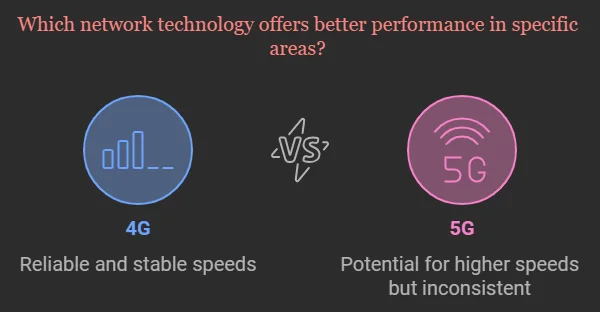
Understanding 5G and 4G

4G: Fourth-generation technology offers stable speeds of up to 1 Gbps, making it widely used and reliable for streaming, browsing, and downloads.
5G: The fifth generation, 5G, aims for speeds over 10 Gbps and very low latency, positioning it for applications like virtual reality and autonomous vehicles.

However, 5G performance depends on signal strength, coverage, and infrastructure, which can be inconsistent.
Why Is 5G Slower Than 4G in Some Areas?

1. Coverage Limitations
5G’s high-frequency bands provide faster speeds but cover shorter distances and struggle with obstacles.
- Rural areas often lack high-frequency coverage, depending on lower frequencies, which are slower.
- 5G network coverage maps highlight urban areas with strong signals, while rural and suburban regions may have patchier coverage.
In many areas, gaps in 5G infrastructure mean slower speeds or reliance on 4G.

2. Network Congestion
5G can handle more devices than 4G, but speeds can still drop when many users connect simultaneously, especially during peak times.
- 5G speed tests in high-traffic locations reveal slower speeds due to congestion.
- User experience often varies by time and place, making 4G a more stable option in crowded areas.
3. Signal Interference
5G’s high frequencies are easily blocked by buildings, trees, and even weather, making the signal less reliable indoors or in dense urban spaces.
- Network issues arise from weak connections in obstacle-filled areas.
- Coverage problems often occur where physical barriers interfere with signal strength.
4G, by contrast, uses lower frequencies that penetrate buildings better, making it more reliable indoors.
4. Device Compatibility
Not all devices are compatible with the fastest 5G bands, limiting performance for some users.
- Compatibility is key to reaching the best speeds possible. A 5G speed test can show if a device supports the highest speeds available locally.
Older devices or those with limited band compatibility may not realize 5G’s full speed potential, resulting in slower connections.
Why 5G May Lag Behind 4G
While 5G has impressive potential, some areas see better results with 4G due to its established infrastructure and ability to handle physical obstacles better. Here’s why:

- Network latency is lower in ideal 5G settings, making it faster in responsive tasks, but only where coverage is consistent.
- 5G vs. 4G speed comparisons often favor 4G in areas where 5G lacks adequate infrastructure.
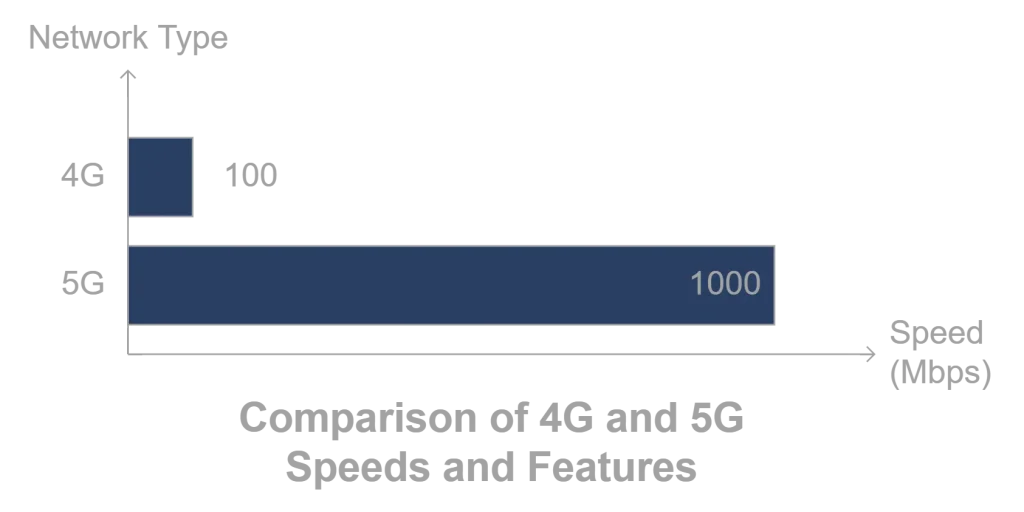
How to Improve 5G Network Performance
If you’re experiencing slow 5G, here are some tips:
- Use a 5G-compatible device: Make sure your device supports relevant bands.
- Check coverage maps: Look for areas with strong 5G signals.
- Avoid interference: Using 5G in open areas can reduce signal loss.
Following these steps can often improve network speed and connectivity.
The Future of 5G: Enhancements in the Pipeline

As technology progresses, 5G is expected to overcome its current limitations. Here’s what’s in store:
- Expanded infrastructure: More towers and small cells will improve coverage and speed.
- Improved network management: Advanced tech will help reduce congestion and boost stability.
- Enhanced device compatibility: Broader support for 5G bands in devices will ensure faster, more reliable connections.

The future outlook for 5G includes these advancements, which promise a more consistent experience as the network matures.
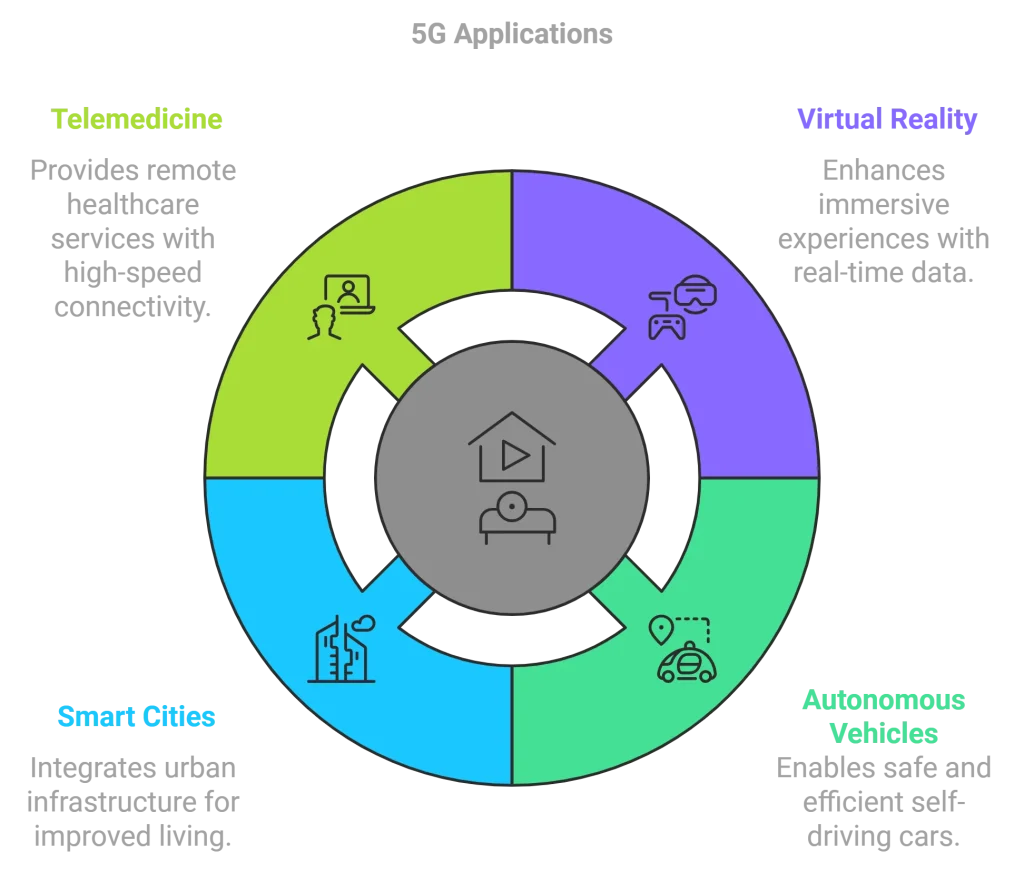
5G’s Broader Impact and Challenges
While promising, 5G brings new issues, such as privacy and environmental concerns:
- Privacy and security risks grow as more devices connect, potentially attracting cyber threats.
- Environmental impact: Building 5G infrastructure uses significant resources, so sustainable practices are essential.
With the expansion of 5G, managing these issues will be crucial to balance its benefits and potential drawbacks.
Although 5G promises faster speeds, current limitations like coverage gaps, interference, congestion, and device compatibility mean that it sometimes underperforms compared to 4G. In regions where 5G is still developing, 4G remains the more reliable choice.
As infrastructure and technology improve, 5G is likely to deliver the speed and reliability it promises. Until then, understanding the complexities of 5G can help manage expectations and highlight the steps needed to improve the network experience.



